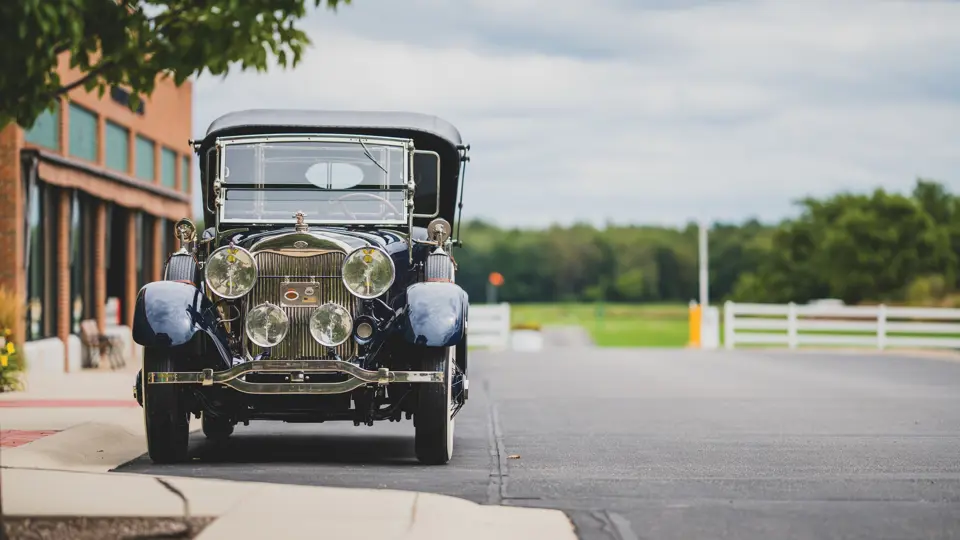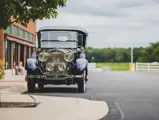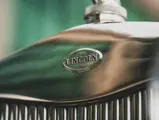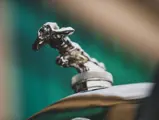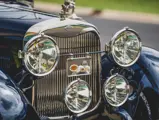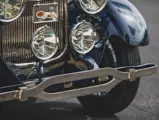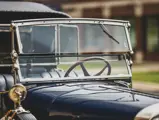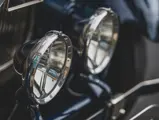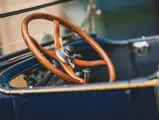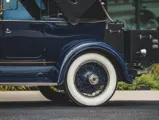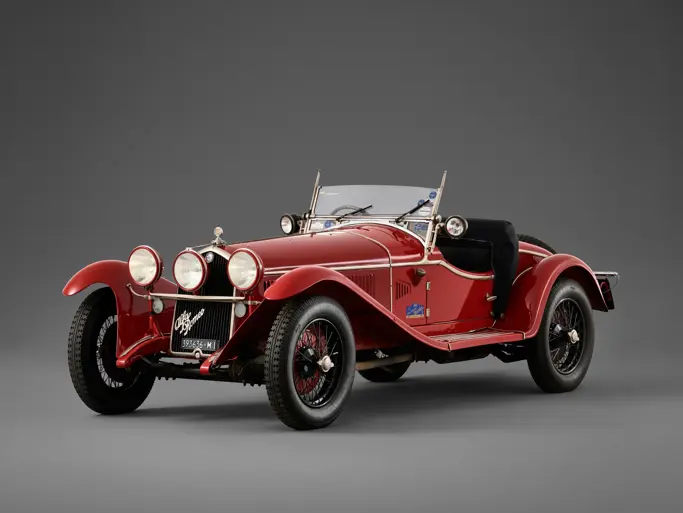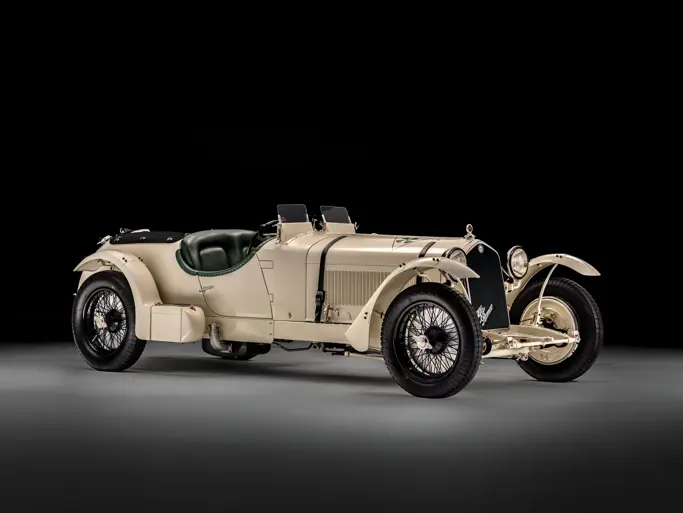
1927 Lincoln Model L Imperial Victoria by Fleetwood
{{lr.item.text}}
$297,000 USD | Sold
The Complete Collection of Jack Dunning
{{bidding.lot.reserveStatusFormatted}}
- Offered from the collection of Jack Dunning
- A fabulous, unforgettable one-off Classic Lincoln
- Offers three rows of seating on a 150 in. wheelbase
- AACA Grand National First Prize winner
- Classic Car Club of America (CCCA) Senior winner; three 100-point scores
There is no Classic Era Lincoln that can compare to the Imperial Victoria. It was constructed by Pennsylvania coachbuilders Fleetwood on a 150 in. Model L commercial chassis, one of just six like it produced for independent body companies in 1927 and likely the only one that did not become a hearse or an ambulance. No, the Imperial Victoria was firmly built for the living, with no fewer than three rows of seating, each with its own windshield, and a flamboyant “cape top.” Not one, but two trunks were fitted, all the better for international travel, along with a winged radiator mascot, a copy of a famous bronze in one of the Paris museums, Le Hueler’s “The Howler.”
Exactly who ordered such a creation has been lost to history, leading to the sort of legends that frequently form around flamboyant automobiles. The car reportedly came from Europe following World War II, having reportedly been hidden from the Nazis by the French—a process that resulted in a very mysterious history. One of the early American owners, the world-traveling evangelist and Lincoln collector Reverend T.L. Osborn of Tulsa, Oklahoma, liked to tell newspapers that the car he dubbed “Napoleon” had first been owned by a 400-pound Frenchman who used it to attend the opera. Another story places it in the care of a member of the world-traveling Philadelphia-based Biddle family. Truth or fiction? No one really knows, but the car has been bedecked with French Marchal headlamps and driving lights for its entire known life.
Reverend Osborn exhibited “Napoleon” at the World Museum, part of his ministry complex in Tulsa, until 1981. That year, the museum was closed and its holdings divested, and the Fleetwood Model L was acquired by Bill Lassiter, the renowned and prolific West Palm Beach, Florida, collector. Mr. Lassiter kept the Lincoln for six years before selling it to his good friend, Jack Dunning, who, with his typical attention to detail, saw it meticulously and correctly restored by Ed Cobb of Washington Court House, Ohio. Exhaustive attention to detail involved taking the car, as near as possible, back to its original condition; this included the complex weather protection system, which includes the “cape top,” a removable tonneau connecting it to the windshield over the driver, and rather elaborate side curtains. When all is fitted in place, the car is, Mr. Dunning reports happily, very tight, waterproof, and professionally done. The pinstriping is 24-karat gold leaf, which, along with silver side lights, really lights up the appearance of the car.
The Dunning automobiles are no stranger to awards, but few have acquired such a roster of honors as this Lincoln. It accumulated an AACA Grand National First Prize and, in Classic Car Club of America, became a Junior, Senior, and finally Senior Premier winner, all three with perfect 100-point scores. It appeared at the 1990 Pebble Beach Concours d’Elegance, where it was honored with 2nd in Class, and returned in 1996. In 2003 it was Best in Class at the Greenwich and Meadowbrook Concours d’Elegance. Historians have noted it, as well; the car was featured in James Schild’s book Fleetwood: The Company and the Coachcraft, and in Dennis Adler’s Speed and Luxury: The Great Cars, for which it was photographed at Meadowbrook Hall. More recently it has been exhibited in the Lincoln Motor Car Heritage Museum in Hickory Corners, Michigan, where it has been, of course, the center of attention.
Imperial indeed, this Lincoln appears befitting for a queen, a king, or merely a corpulent opera buff. More than just a conversation piece, however, it is a truly fabulous piece of custom coachwork, built to impress, something that it continues to do with considerable aplomb on show fields all over the country. There is nothing else quite like it.




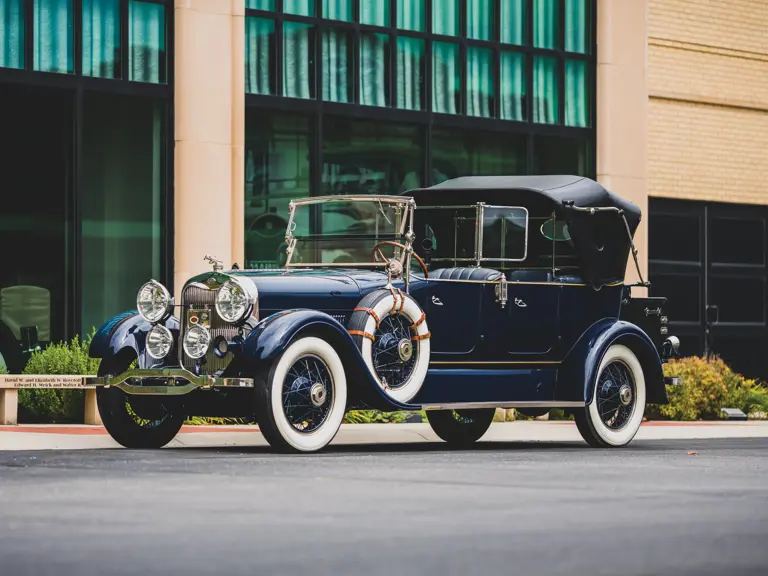
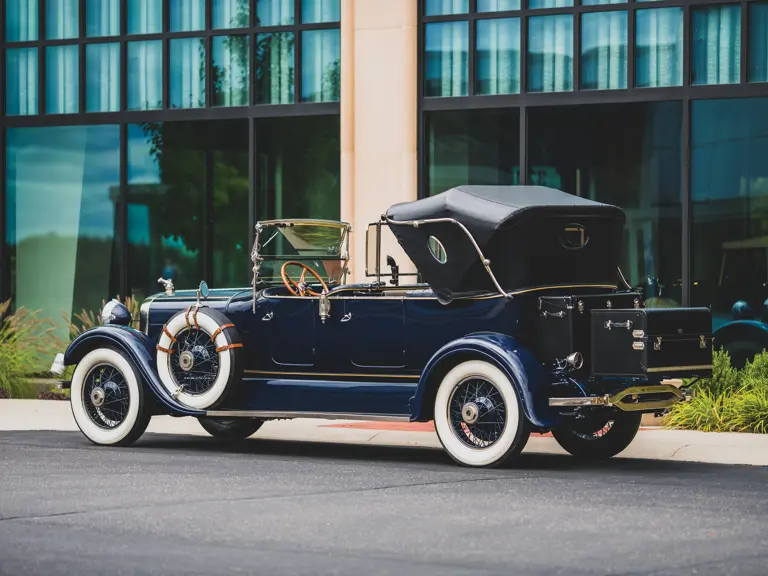

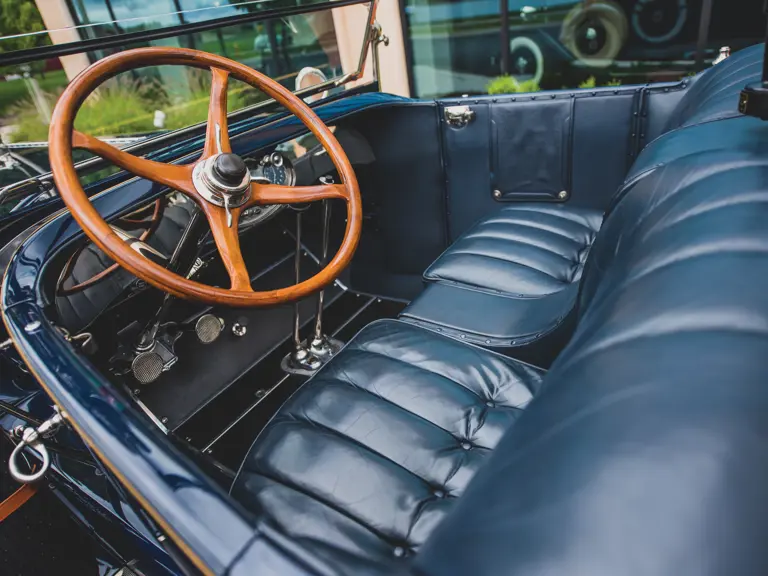


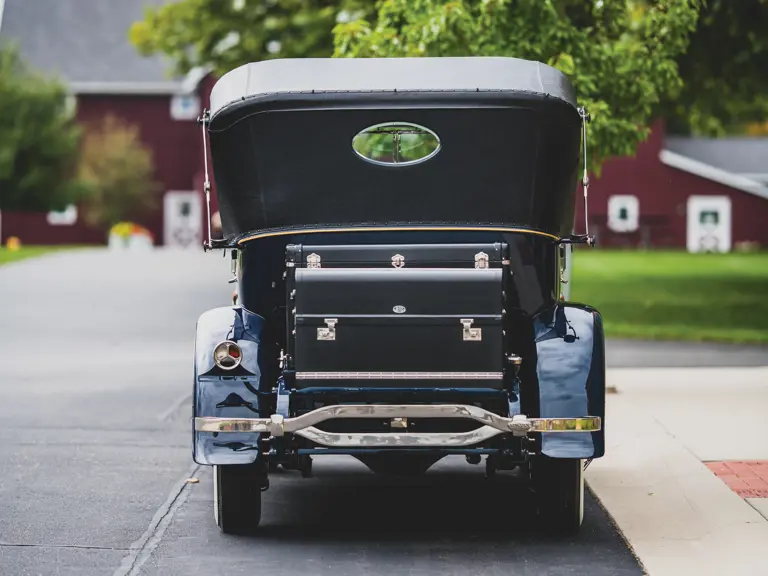


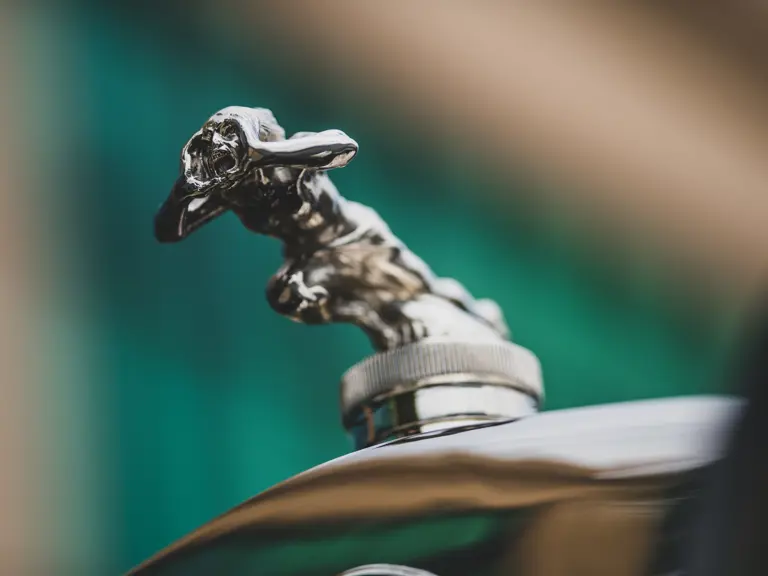
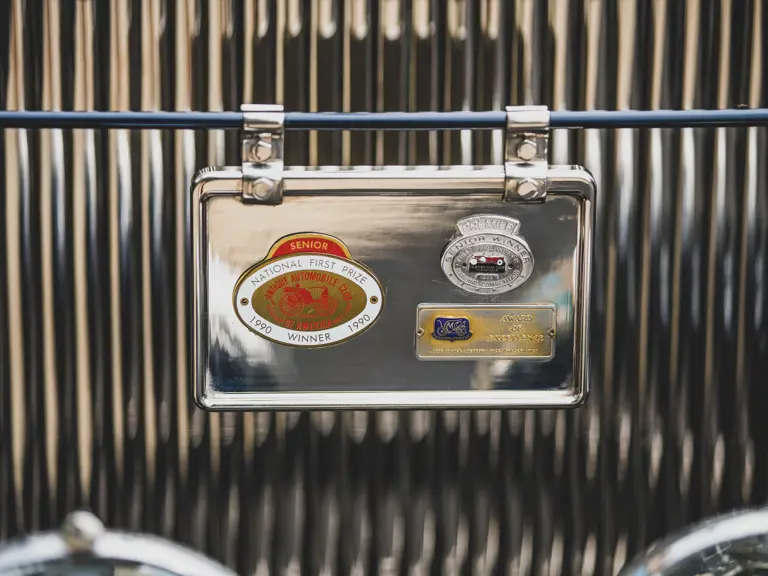
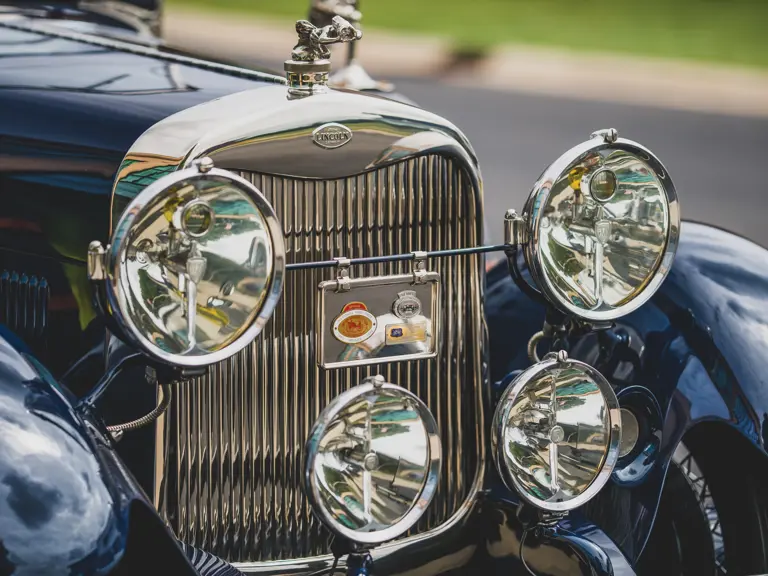
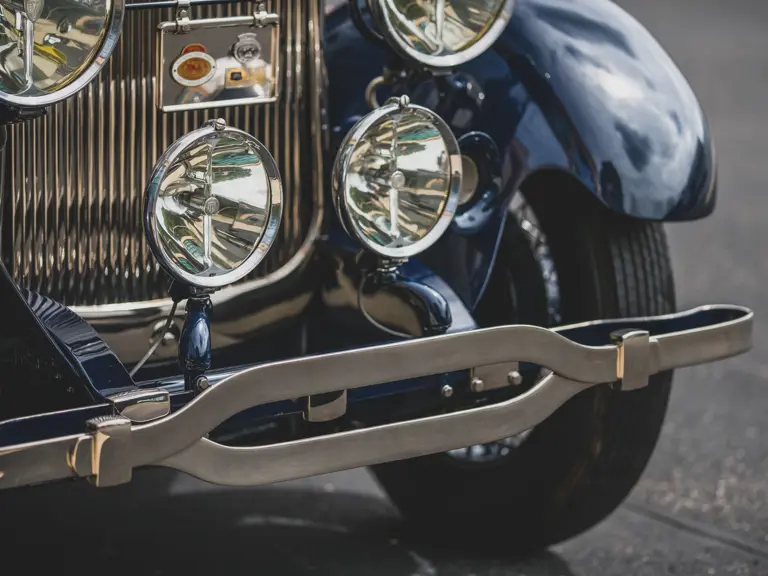

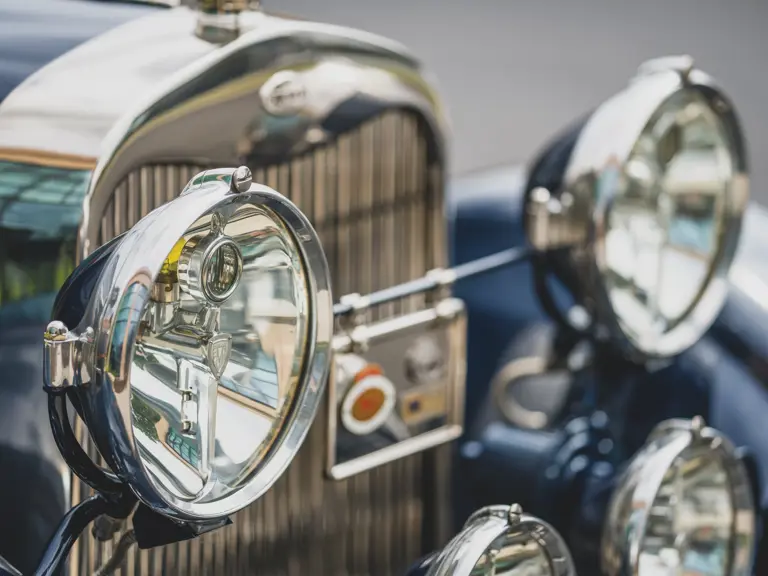
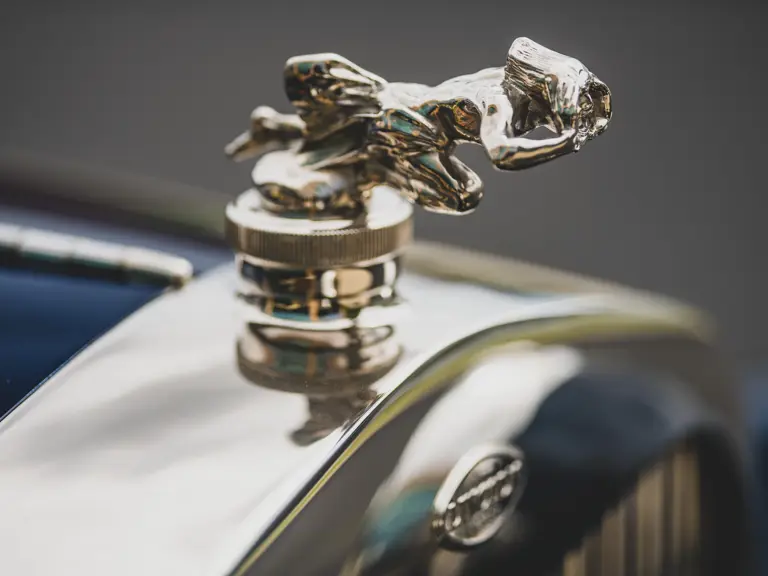

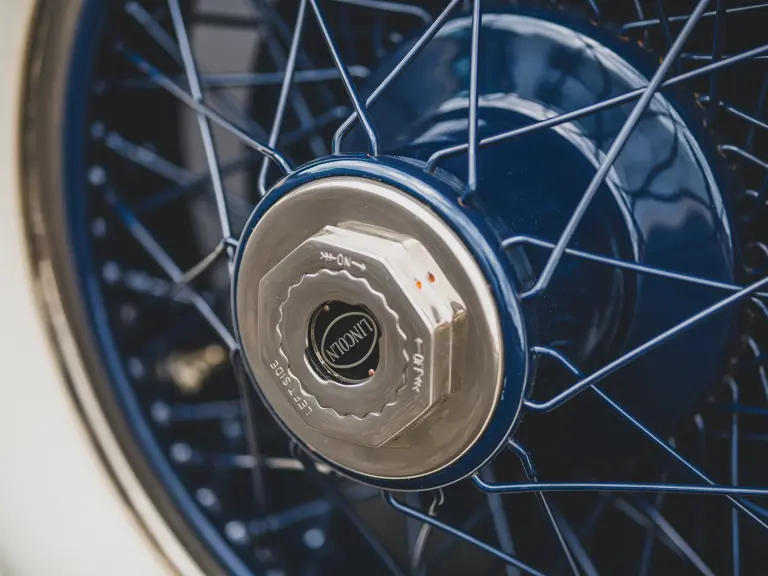
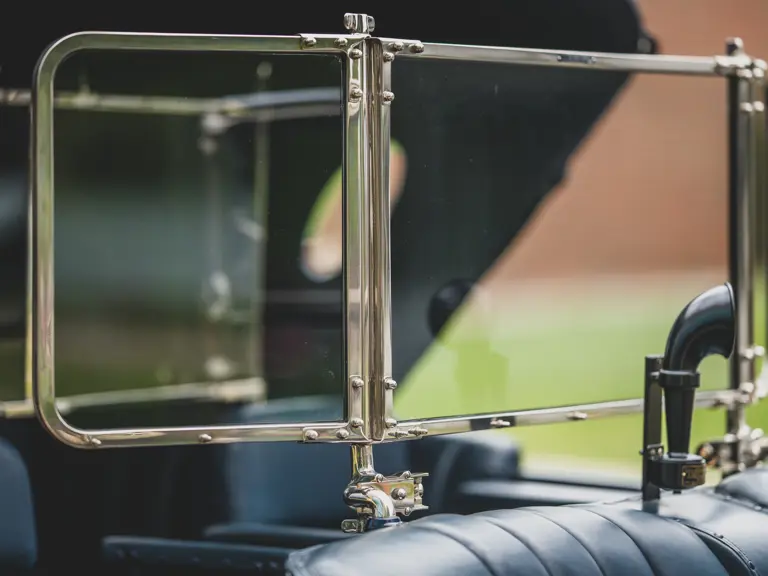
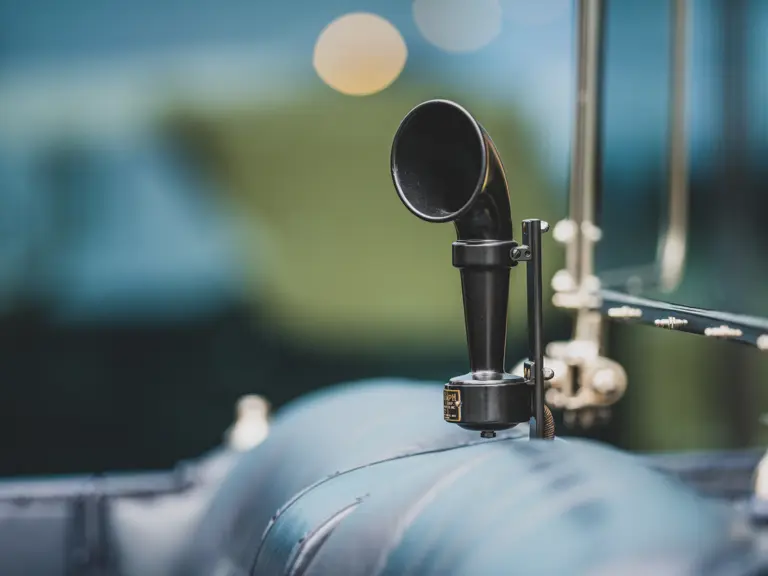
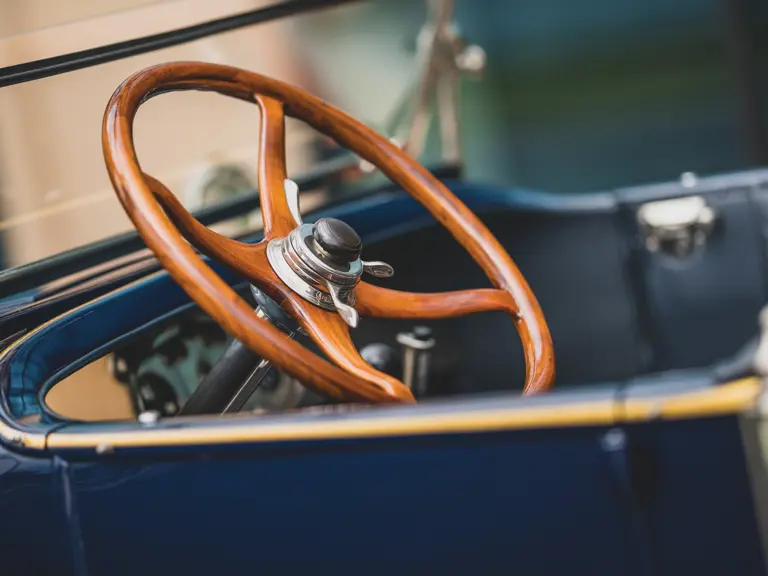
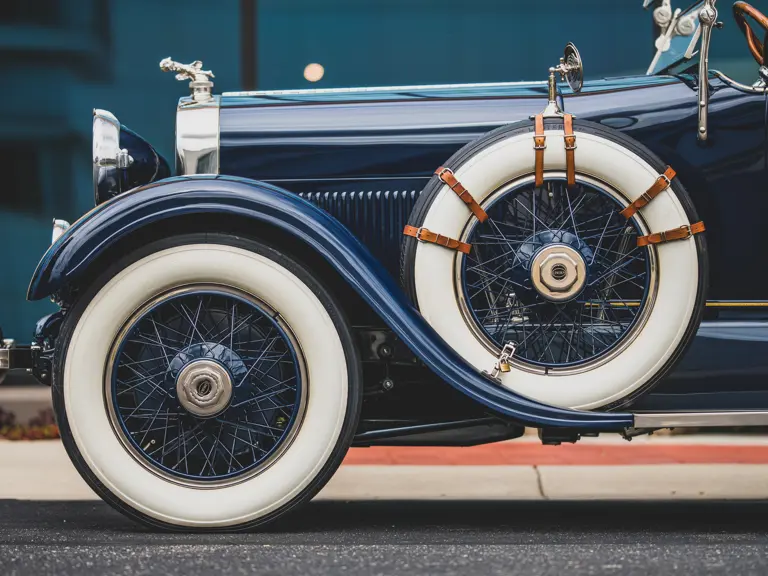

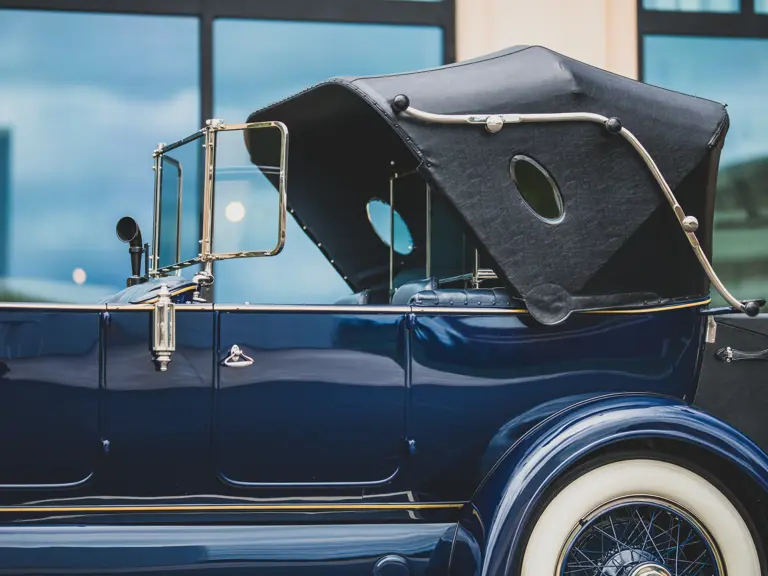
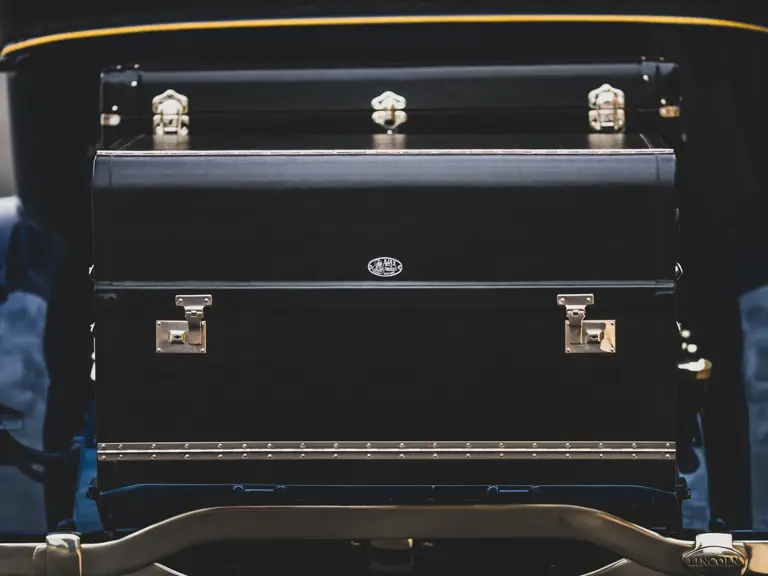
 | Hershey, Pennsylvania
| Hershey, Pennsylvania

